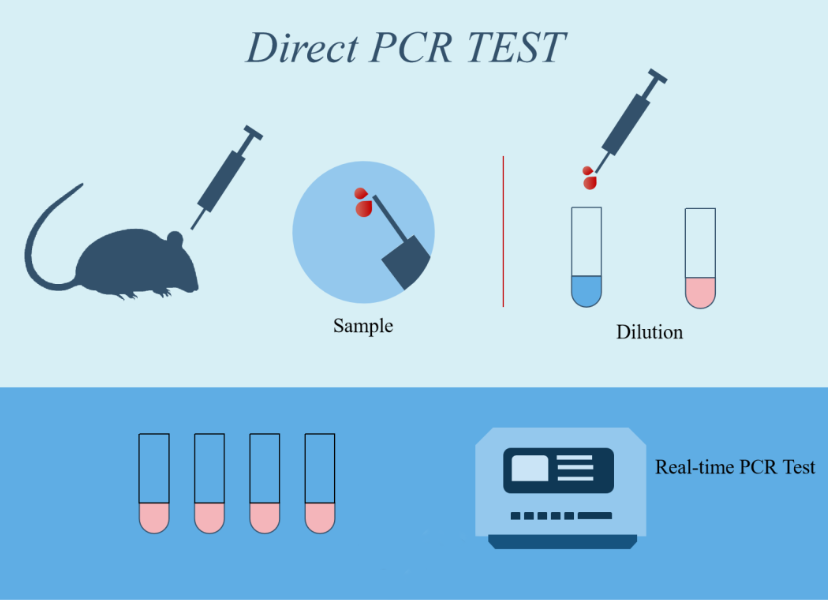Real-time PCR versus traditional PCR
Real-time PCR versus traditional PCR
PCR is a gene detection technology that began to appear in 1984. Because of its simplicity and high sensitivity, PCR technology is widely used in basic research and clinical detection and has become a necessary research tool in molecular biology. Traditional PCR quantification is the application of end-point PCR to quantify the amount of template in a sample, usually separated by gel electrophoresis, and fluorescent staining to detect the final amplification product of the PCR reaction. However, in the PCR reaction, due to factors such as the reaction system and reaction conditions, the efficiency of the PCR reaction will be affected, and some non-specific amplification products may even appear. Therefore, quantification by endpoint PCR is not accurate.
Introduction to Real-Time Fluorescence Quantitative PCR
Real-time PCR (qPCR) is a new quantitative technology introduced by Applied Biosystems in the United States in 1996. It has the characteristics of high sensitivity and specificity, can realize multiple reactions, has a high degree of automation, no pollution, is real-time and accurate, etc. This technology is of great significance in medical clinical testing and clinical medical research.

Real-time PCR is different from traditional PCR
Fluorescence quantitative PCR monitors the fluorescence excited by the fluorescent dye bound to DNA in real time; ordinary PCR measures the amount of final PCR product by detecting the amount of dye inserted into the DNA, usually ultraviolet light.
Real-time fluorescence quantitative PCR and traditional PCR reaction requirements are different
Fluorescence quantification has higher requirements for amplified fragments, generally 100-300bp; ordinary quantification can amplify long fragments. If there is no need to detect the molecular weight of the product, fluorescence quantification can quantitatively analyze the product without electrophoresis, and ordinary PCR must be electrophoresed.
Real-time fluorescence quantitative PCR and traditional PCR reaction results are different
Fluorescence quantification can achieve accurate quantification, but ordinary PCR cannot. Fluorescence quantification can show the entire amplification process, amplification efficiency, dissolution temperature, directly obtained standard curve, etc., which cannot be achieved by ordinary PCR.
Real-time PCR system manufacturers and suppliers
GENETURE is a group company focused on clinical diagnostics and life sciences. We have two factories. Provide the core of real-time fluorescence quantitative PCR system, including nucleic acid extraction kits, nucleic acid extractors, magnetic beads, PCR kits, PCR systems and other products and services. Our company has passed ISO9001 and ISO13485 certification, and reagents and instruments have obtained CE and FDA certification.
Just tell us your needs, we will provide solutions, provide you with strong market backing, rely on strong production capacity and strict quality control to serve customers.
Email: info@geneture.com
Mobile: +86 150 1002 8687
